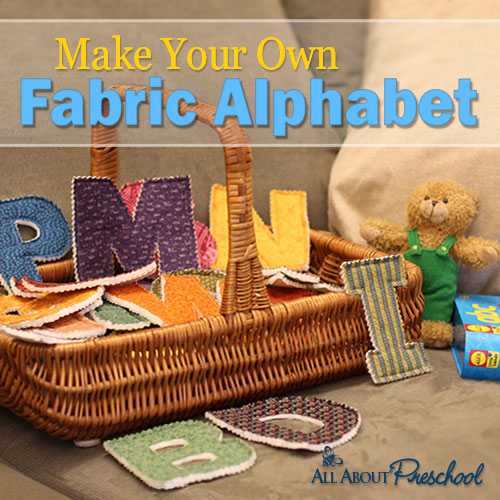Multisensory Reading Instruction : Orton-Gillingham Programs
To create multisensory reading instruction for your child, you must first think of your learning goals. Also consider whether your child has an auditory learning style, visual learning style, kinesthetic learning style, or tactile learning style.
When you have determined what you want your child to learn, you can list each of the learning styles. Then think of a way to teach your child the topic using an auditory activity, visual imagery, kinesthetic learning activities, and activities geared towards the tactile learning style.
Research shows using all of the learning styles simultaneously is the most effective means of teaching. That is why multisensory reading instruction is at the heart of Orton-Gillingham reading programs for overcoming dyslexia.
Your child should be able to see, hear, touch, and do something related to the multisensory reading instruction. That will help the instruction “stick” in your child’s mind.
Example of Multisensory Reading Instruction
As an example, let’s look at a combination of auditory and visual input. It is more effective to do the activities simultaneously rather than using one input followed by the other input.
Let’s look at an example of the syllable “eat.” If you read the text to your child THEN show him an image of the syllable, it is less effective than showing him the syllable as you read the text.
By associating the imagery immediately with what your child is hearing, he will better remember the information. Even better, You can have your child trace the letters in the syllable with his finger on the page of the book.
Most effective would be to have your child write the letters with his finger in the sand while saying the sound of the syllable aloud. This is multisensory reading instruction at its best.
This type of multisensory reading instruction is multisensory learning.
Multisensory Instruction for All Subjects and All Learning Styles
For different subjects, there are different multisensory teaching methods you can use for teaching each subject. The sections of this tutorial that follow this one will cover multisensory reading instruction, multisensory math, science and social studies using multisensory teaching methods. From there, it should be easier for you to teach using multisensory reading instruction activities for reading or any unit about any topic.
The biggest key in multisensory reading instruction is to incorporate auditory means of input, visual imagery suitable for a visual learning style, kinesthetic learning activities, and activities geared towards the tactile learning style for each concept your child needs to remember. This is particularly true when using an Orton-Gillingham reading program to teach a child with dyslexia to read. Multisensory reading instruction of this nature is THE key to success in using an Orton-Gillingham reading program.
 |
 |
 |


